Topping off Pine trees
paul2007_gardner
16 years ago
Featured Answer
Comments (17)
alexander3_gw
16 years agogreenlarry
16 years agoRelated Professionals
Edmond Landscape Contractors · Berwyn Landscape Contractors · Cincinnati Landscape Contractors · Dickinson Landscape Contractors · East Lake-Orient Park Landscape Contractors · Lynwood Landscape Contractors · Merced Landscape Contractors · Old Saybrook Landscape Contractors · Chicago Ridge Landscape Contractors · Camp Springs Landscape Contractors · Guilford Siding & Exteriors · Richmond Siding & Exteriors · Wareham Siding & Exteriors · North Richland Hills Siding & Exteriors · Randallstown Decks, Patios & Outdoor Enclosurespinetree30
16 years agowaplummer
16 years agoterrene
16 years agopineresin
16 years agoterrene
16 years agoFledgeling_
16 years agopineresin
16 years agoentling
16 years agosylviatexas1
16 years agogottagarden
16 years agobhrost
16 years agolhardy
14 years agoBrian Amaral
8 years agopinetree30
8 years ago
Related Stories
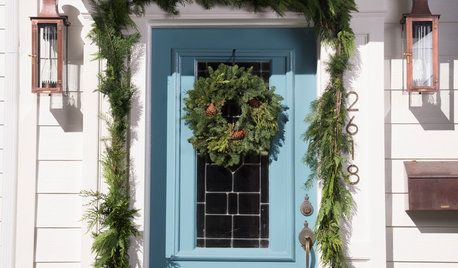
CHRISTMASQuick and Easy Christmas Decor With Greens, Wreaths and Pine Cones
When you're short on time, focus on the basics to make your house festive and fragrant
Full Story
CHRISTMASBuild a Refreshingly Alternative Plywood Christmas Tree
Let others have their traditional pine. This wooden version you make yourself celebrates modern DIY style
Full Story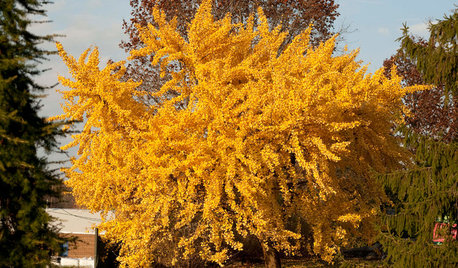
TREESTop 5 Trees for Fall Color in California
Bring a glorious sight to the landscape this autumn with one of these beauties that thrive in mild climates
Full Story
GARDENING GUIDES10 Top California Native Plants, Trees and Grasses
Enjoy a fuss-free, water-wise garden in the Golden State by growing plants naturally in tune with the climate and wildlife
Full Story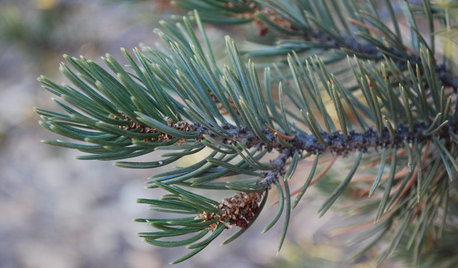
TREESGreat Design Plant: Pinyon Pine
You might just go nuts for this tough evergreen native to the Western U.S.
Full Story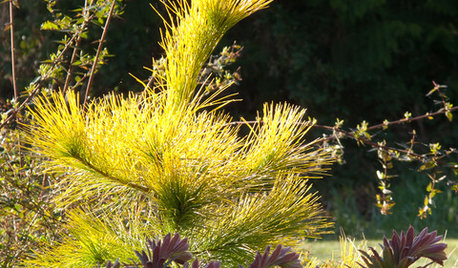
GARDENING GUIDESGreat Design Plant: Louie Eastern White Pine
This stunning golden conifer will bring a smile to your face and add a ray of sunshine to your winter garden
Full Story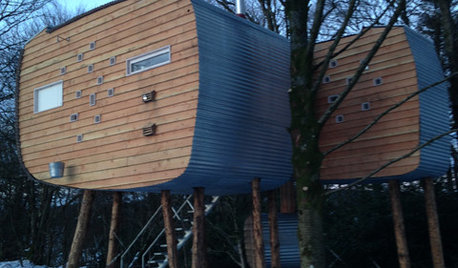
TREE HOUSESHouzz Tour: Off the Grid in a Treehouse Hideaway
This retreat for 2 is the epitome of peaceful seclusion
Full Story
HOUZZ TOURSHouzz Tour: Off the Grid in the Remote Washington Wilderness
Not only does this house run on solar power, but it was built with it too
Full Story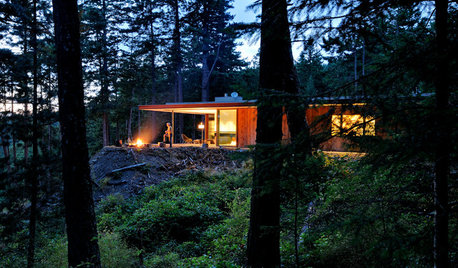
HOUZZ TOURSHouzz Tour: Just What Mom Wanted, Off the Washington Coast
With an art studio, age-in-place features and a view-maximizing design, this home shows just how well the architect knows his client
Full Story
MOST POPULARHouzz Tour: Going Off the Grid in 140 Square Feet
WIth $40,000 and a vision of living more simply, a California designer builds her ‘forever’ home — a tiny house on wheels
Full Story






ken_adrian Adrian MI cold Z5